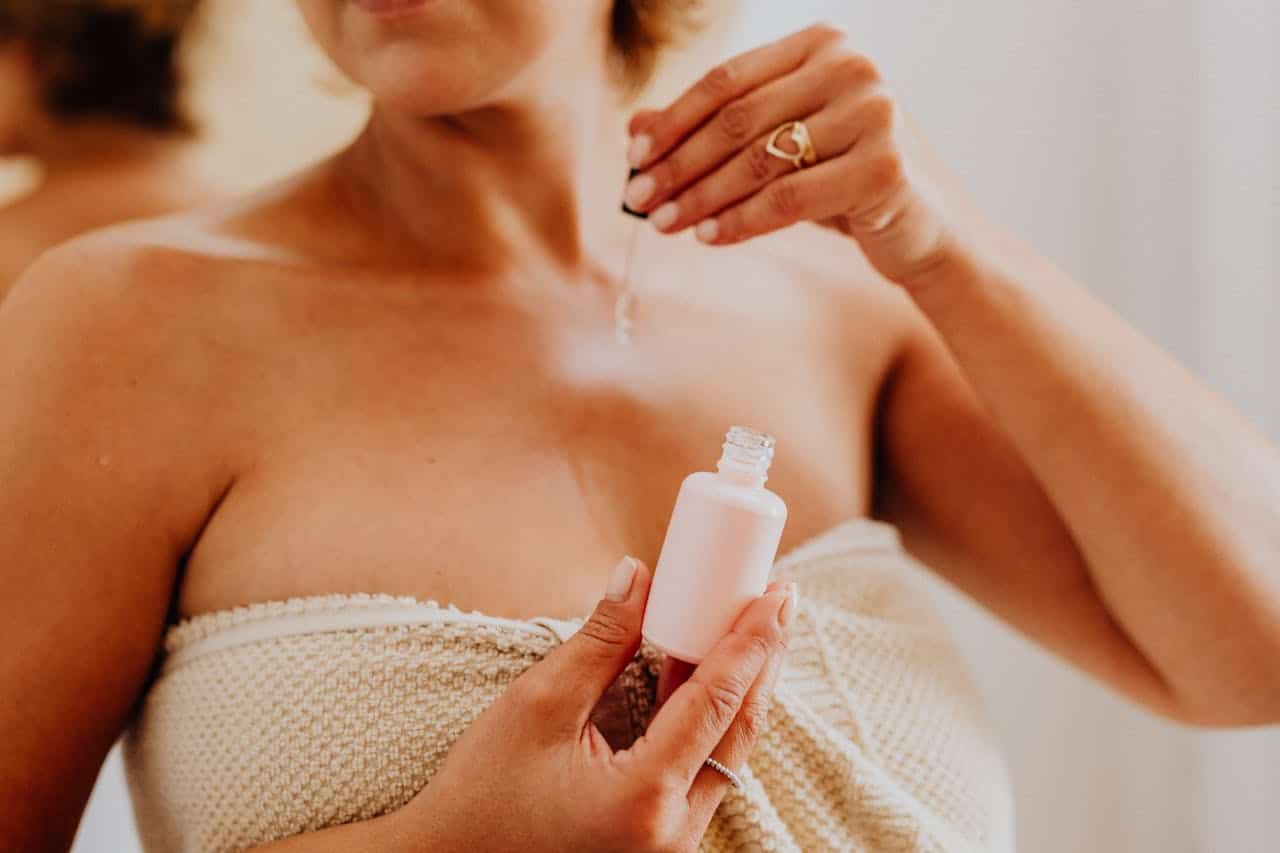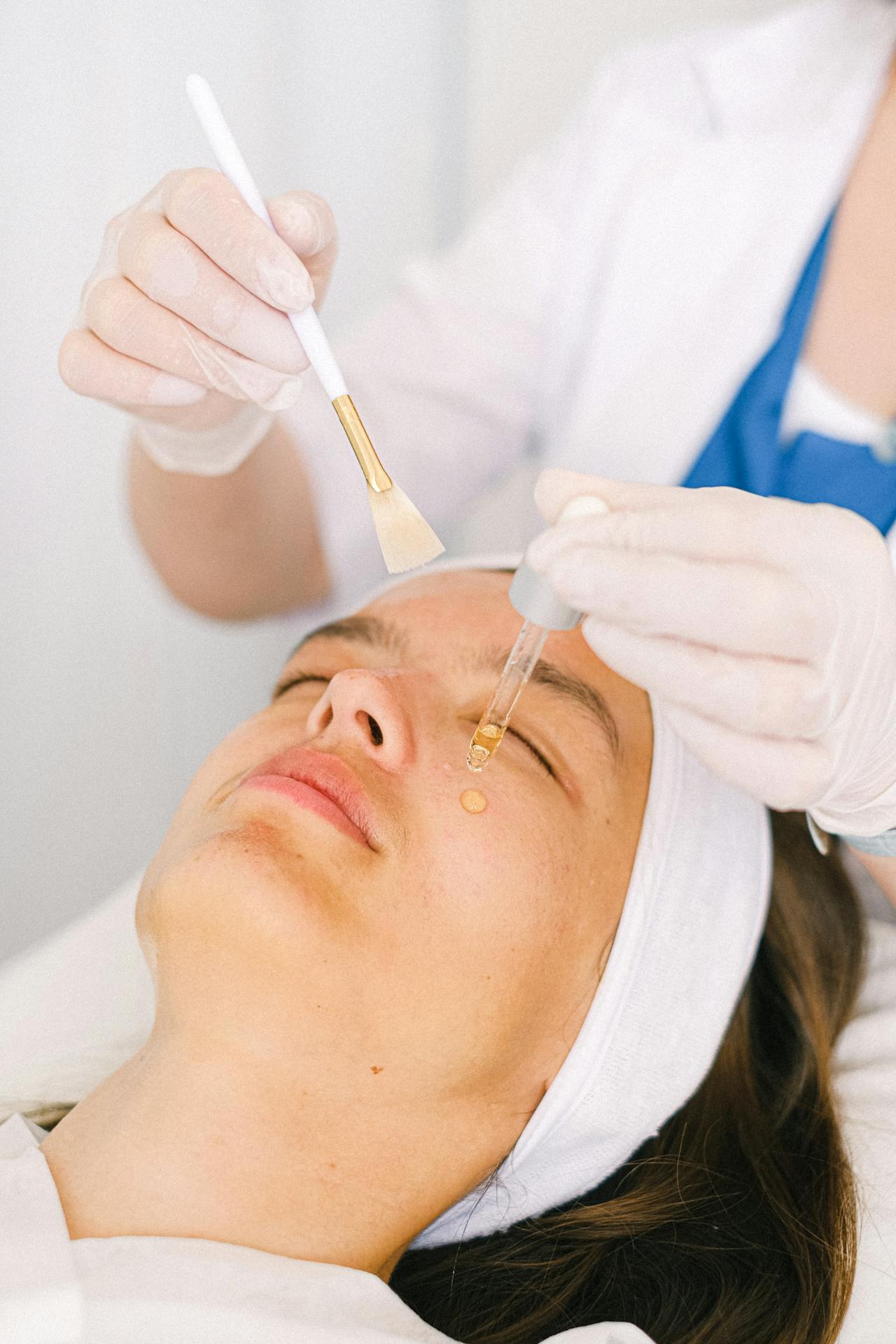Retinol, a cosmetic active ingredient that has recently gained popularity, is likely something you’ve heard about for its skin benefits. This powerful ingredient, found in products like retinol serum, is ideal for stimulating cell renewal, combating wrinkles, and reducing pores.
The benefits of retinol go far beyond these. If your skin lacks radiance or shows fine lines, retinol can be your perfect ally to improve its appearance. Discover everything about this popular cosmetic ingredient.
IMAGE: PEXELS
What Is Retinol?
Retinol is a cosmetic active ingredient increasingly used in various products due to its anti-aging effects. This compound is a form of vitamin A, a group of natural or synthetic retinoids present in the body in different forms.When vitamin A is used as a cosmetic ingredient, it becomes retinol. However, this is not the only derivative of vitamin A, as it belongs to the family of retinoids.
You can find this powerful ingredient in different formats like creams or serum. Choosing a great retinol serum you can dramatically improve your skin: this component is effective in improving the texture and appearance of the skin. Its most notable attributes include the ability to stimulate collagen production and reduce melanin synthesis, resulting in a more even complexion.
Retinol And Other Components
It’s important not to confuse retinol with other compounds. While retinol has proven highly effective in combating signs of aging, such as wrinkles or fine lines, it should not be confused with other members of its same family.
For example, among retinoids, which also derive from vitamin A, there are various types whose difference lies in their structure and concentration, and therefore, in their potency to prevent or treat signs of aging. On the other hand, there’s retinoic acid, which is an active retinoid and is the form that our skin cells directly recognize.
Both retinol and retinoic acid are members of the retinoid family. Retinoic acid is formed when vitamin A, or retinol, oxidizes, and it is in this state that it is most effective, as it is the form in which our skin cells recognize it. However, retinoic acid may have more pronounced adverse effects on our skin.
What Are The Uses Of Retinol?
Retinol garners support from numerous medical and scientific studies for its efficacy. So, what is the use of retinol? The studies affirm its capacity to enhance skin texture, reduce wrinkles and fine lines, and promote an even skin tone. Moreover, its depigmenting properties contribute to the elimination of melanin-induced spots.
Curious about its mechanism? Retinol’s low molecular weight facilitates deep penetration into the skin’s layers. Its unparalleled ability lies in simultaneously enhancing the outer skin layer’s appearance while stimulating cell renewal. This hastens the shedding of dead skin cells, unveiling fresher, more luminous skin layers.
What Are The Advantages And Side Effects Of Retinol?
The primary function of retinol is to increase cell turnover and exfoliation, resulting in rejuvenated and more radiant skin.
Advantages of retinol include:
- Effectiveness against sunspots
- Improvement of skin texture
- Promotion of cell renewal and proliferation
- Stimulation of collagen, elastin, and hyaluronic acid formation
- Smoothing of residual marks
- Maintenance of firm and hydrated skin
- Regulation of sebum production
- Reduction of pore size
The disadvantages of retinol, if not introduced gradually into the routine and according to tolerance, include:
- Irritation
- Redness
- Dryness
- Peeling of the skin
It’s clear that the advantages outweigh the disadvantages of retinol for the skin, but it’s still necessary to follow professional recommendations especially if you have rosacea or eczema.
How To Start Using Retinol?
Experts do not advise the application of retinol freely, meaning without following qualified guidance. For this reason, it is essential to avoid using it randomly without knowing the appropriate dosage for your skin. Additionally, you should know the best time to start using it.
If you start using it and experience discomfort on the skin after the first few times, you should spread the applications over different times until the skin becomes accustomed. It is also advisable to avoid contact with the eyes.
If you’re wondering how to apply it, it’s quite simple, just keep in mind some tips. Retinol should be applied gradually, starting with low concentrations, and observing how the skin reacts.
How To Use Retinol Serum?
Since it is a photosensitizing active and also loses effectiveness with daylight, you should use it before going to bed. Thus, the retinol serum is applied after nighttime facial cleansing and just before the moisturizer. However, it is not advisable to use it in combination with an anti-wrinkle moisturizer with retinol, as you could cause overexposure of the skin to the active ingredient and cause irritation.
You will need just two or three drops of serum to treat your entire face. Apply them all over the face with the tips of your fingers until fully absorbed. Complete your skincare routine using an eye contour and moisturizer.
During the day, complement the serum with sunscreen to ensure the maximum effectiveness of the retinol and avoid any type of reaction on the skin when exposed to ultraviolet rays.
So, what are you waiting to incorporate retinol in your skincare routine? You won’t regret it!
IMAGE: PEXELS
If you are interested in even more lifestyle-related articles and information from us here at Bit Rebels, then we have a lot to choose from.


COMMENTS